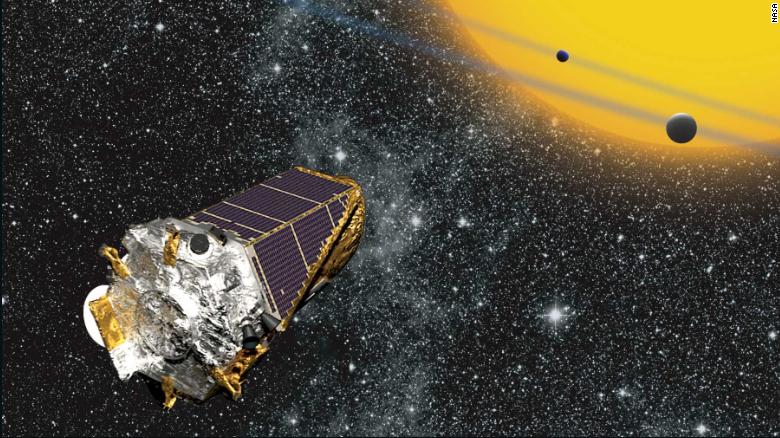Our galaxy is filled with potentially habitable planets — at least 300 million of them, according to NASA.
Written content by Jessie Yeung via CNN
(CNN)Our galaxy is filled with potentially habitable planets — at least 300 million of them, according to NASA.
The US space agency’s Kepler Space Telescope spent nine years on a planet-hunting mission, successfully identifying thousands of exoplanets in our galaxy before running out of fuel in 2018. But the original mission’s core question remained: how many of these planets are habitable?

Scientists around the world pored over Kepler’s data for years — and they think they’ve found the answer. According to research released in The Astronomical Journal, there are roughly 300 million potentially habitable worlds in our galaxy, meaning rocky planets capable of supporting liquid water on their surface.
An artist’s concept showing NASA’s Kepler Space Telescope on its K2 mission.

That figure is a rough estimate on the conservative side, and “there could be many more,” said NASA in a news release. Some of these planets could be close enough to be considered “interstellar neighbors” — the closest is around 20 light-years away.
“Kepler already told us there were billions of planets, but now we know a good chunk of those planets might be rocky and habitable,” said NASA researcher and lead author Steve Bryson in the release.
“Though this result is far from a final value, and water on a planet’s surface is only one of many factors to support life, it’s extremely exciting that we calculated these worlds are this common with such high confidence and precision.”
The study was a global collaboration between NASA scientists who worked on the Kepler mission, and researchers from international agencies ranging from Brazil to Denmark.
How they did it
There are about 100 to 400 billion stars in our Milky Way galaxy, according to NASA estimates. Every star in the sky probably hosts at least one planet — meaning there are likely trillions of planets out there, of which we have only discovered and confirmed a few thousand. Read more from CNN.
Follow News Without Politics for more interesting and amazing, important, and relevant U.S. and world news stories plus health, entertainment, sports, weather, food and more without media bias.
Stay informed daily. unbiased news fair and balanced, ahead of influence.




